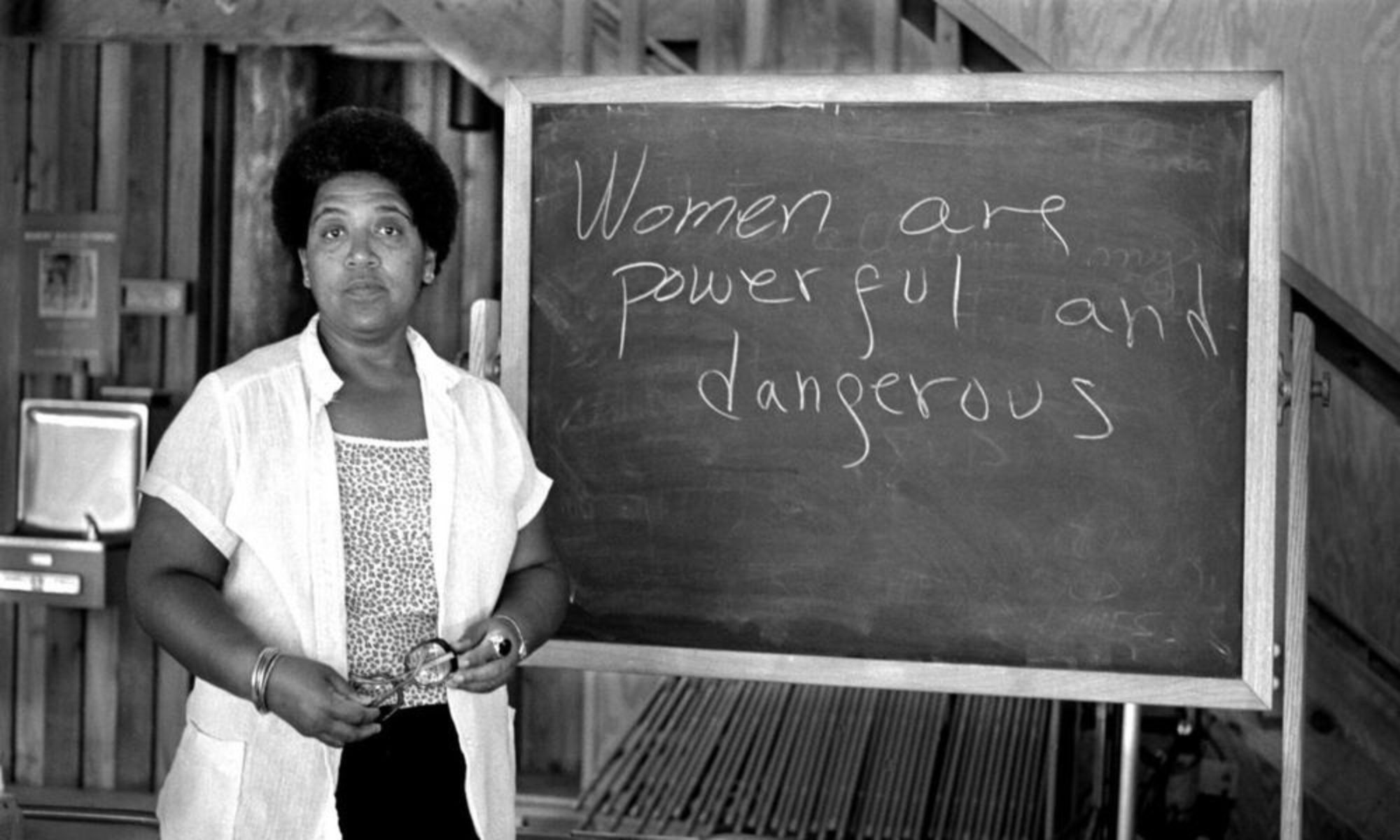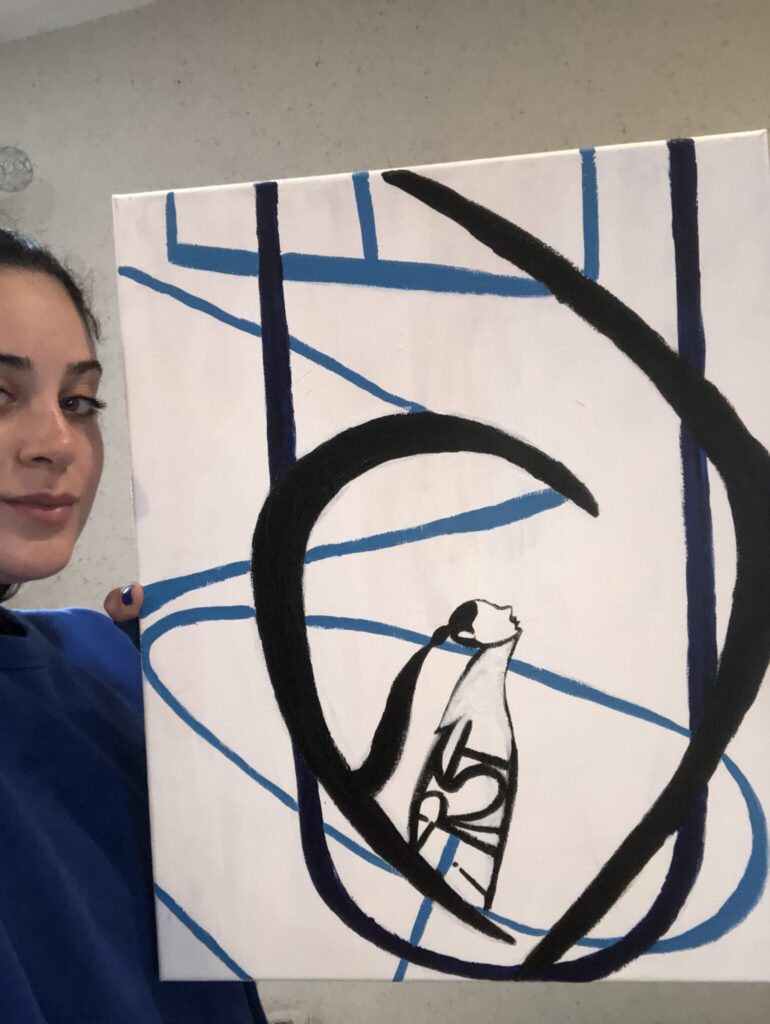WGS Online Course Transition Info
Please fill out this form to help Gwen make sure that the online teaching of the reminder of our course is best suited for everyone.

Prof. Gwendolyn Shaw
Please fill out this form to help Gwen make sure that the online teaching of the reminder of our course is best suited for everyone.
https://docs.google.com/presentation/d/1qtR6-7Y8Fq5Opr31_DiVo8f_tQyQjtihrO6TPeD3X-w/edit?usp=sharing
The book, Incidents in the Life of a Slave Girl published in 1861, tells the story of the struggle of Harriet Jones herself. From the beginning of her life in 1813 in Edenton, North Carolina to how she maneuvered through multiple slave owners, and the injustices she faced. Having to grow up by yourself after your parents pass at such a young age, while also having a younger brother to take care of as well as raise yourself, just goes to show that even from a young age, Ms. Jones was a very strong woman. When living with her mother’s mistress, she was able to be educated which many slaves at the time couldn’t even think of as a possibility. After the mistress’s passing, Harriet’s life took a turn for the worse when she went to live in the home of a man who would continue to sexually abuse her. She allowed herself to have an affair with her white neighbor to try to lead that to disgust her owner enough to sell her off, but it unfortunately back fired on her. She was finally able to trick her way into escaping, because she did not want her children to be susceptible to the same kind of unfair treatment she went through. After years of hiding out in an attic she’s able to escape to New York to try to be with her daughter, and that seemed to go well for some time because she was also able to find a job with a kinder family than most. Her previous owner followed her North and continued to try to pursue her, as well as endanger her children to be enslaved once again, which leads Harriet to escape to Boston. The Fugitive Slave Act passed during this time which made Harriet even more vulnerable to kidnapping and re-enslavement. When her previous slave owner passes away, his relatives try to make a claim on Harriet, but fortunate for her, her current employer bought her freedom, even though she was unwilling to be bought and sold again. After all was said and done, Harriet volunteered in the freedmen’s relief movement, by passing out food and supplies to blacks who escaped slavery or war. Eventually she also returned north to run a boarding house for colored Harvard faculty and students. Harriet Jones is a very resilient woman and her story and perseverance is inspiring.
What do you need to know about in order to contextualize and discuss your subject? Meaning, what academic subjects does your project relate to? Through research at the library and on the web, identify the different facets of your project, including whether it concerns contemporary news/events, race, gender, sexuality, history, important countries (the US, India, China, etc.), social status/class, media (which media? film, broadcast tv, streaming shows, social media) and any other salient factors.
The hypersexualization of black women’s bodies has been a subject fought through the years since the 1600s when slave women and children were put on display due to their large buttocks, lips, and hips. Since then, the image of black women in the United states and all over the world has been coveted for their sex appeal, while simultaniously being mocked and ridiculed through history. According to Connie Johnson’s research, “images of minority women are distorted to fit the dominant group’s ideals and cultural relevance, which affect the identity of minority women.”(5). Johnson’s research on this subject focuses mainly on magazines, where black women were seen as being representative of only 4.7% of images. These images, though low, have a huge impact on black girls who are being fed this white washed image of those of their race throughout their lives. Featurism was very obviously applied in these select few women, as select black features deemed as unattractive such as large noses and kinky-curly hair were ostracized. The featurism and hypersexualization of certain features are still shown today, where social media plays a big part in it. Things such as “blackfishing”, a term made up by black twitter to represent white women who use select black features as a dressing tool for likes and attention, are still in use today. White influencers on social media are known to get lip injections to plump their lips up, melatonin injections to make their skin darker, and surgery in order to give the appearance of rounder buttocks. This sends the message that black women are only accepted in this society if body parts that are hypersexualized by men and women alike are present. This also gives the impression that while black women are looked down upon for having these features, women of other racial groups will be praised and given more opportunities because of these same features.
Material feminism puts capitalism and patriarchy as the focal point of women’s oppression. Gender is a social construct and material feminism is one tool used to construct it. Gender roles come from society. what society tells us woman should do and what men to do. Gender roles are like women being the caretaker of the children and care for the house and men being the breadwinners and going to work and mow the lawn.

Proposal: An Intervention or offering
Based on my research and my area of interest, I have spent a lot of time reading about the gender pay gap. It was not the original topic of my Independent study final project, but after hearing a little about it in another class I decided to take a look. Once I started reading my interest peaked and I kept on reading. The gender pay gap is the difference between men and women’s median earnings. On average women earn $0.80 to a man’s dollar. It relates to women studies because in this class we learned about previous women’s movement. We learn about women’s fight for equal rights and I think this should be one of them. Being paid less because they are a woman is not equal. This impacts women everywhere including me. My mother makes a good amount of money but with equal pay she could be able to work less on weekends or spend money on herself more instead of the children or putting most of it away in savings. This impacts working mothers, households with many members to support and the minorities who are already discriminated against enough without factoring unequal pay. Maybe to bring more attention to this issue we can start on social media first. Influencers hold power and draw attention. By getting a few influencers to talk about the gender pay gap, it can become something that trends and brings new people to see and fight for equal pay. A solution to this problem would be to start giving and treating all women equal to men in the workfield. Equal pay for equal work. To make it happen, I will first look toward two people that I know who are not too big on social media but big enough that they have thousands of followers and connections to bigger people. They can promote it on their platforms. Once it gets to some bigger people we can petition to make the law pass the equal pay act like they passed the law against discrimination.
For the last post on this class sight we are to post 3 topics that were most important or impactful to me. I am going to be boldly honest, none of them were very impactful for me. Maybe it is because of the shift In learning and I was not learning but rather than submitting work. The only one that I really likes was week 8 and how the bridge on my back related towards me and my family. I really connected with that one but I think that is the only one that was impactful. As for my definition for feminism, it has not changed. Feminism is still advocating for women’s rights on the basis of equality between men and women. Im sorry. Maybe it is because I was not really invested in this class to apply myself harder.
Butler is talking about how a woman and a man are not born that way. The female and male is born as part of your biology. But man and women are not just that it’s a gender. Gender is not something you are born with it is something that is ascribed. You perform gender on a daily basis and the things you do are gendered and therefore it because of your actions a gender is given to you. Cooking and cleaning are usually women’s tasks while mowing the lawn or taking out the trash are men’s tasks.
One example of performing gender from a personal/cultural appearance is cooking. The women do most of the cooking and sometimes all of the cooking. I tend to do a lot of it and although I have many brothers that know how to do somethings in the kitchen it is mostly me. And the housework usually falls on the women aka me and doing gender also means the taking care of children.
What are the culture wars, and what do they have to do with feminism? (Use the Faludi and Heywood readings to find an appropriate definition—whose definition are you using?)
The Culture Wars were two sides fighting for the same thing but didn’t even know it. Both sides are fighting for equality but are letting other problems get in the way of seeing the common goal. White women have more privilege over women because of the color of their skin, but they are not seen as equals with men because in men’s eyes, they are the weaker gender. Black women are at a disadvantage both ways. We are already at a fault because of our gender, but when you throw skin color into the mix, it’s even worse for us. We would have to work twice as hard to reach the white women of our society. Both sides aren’t good enough overall because of their gender.